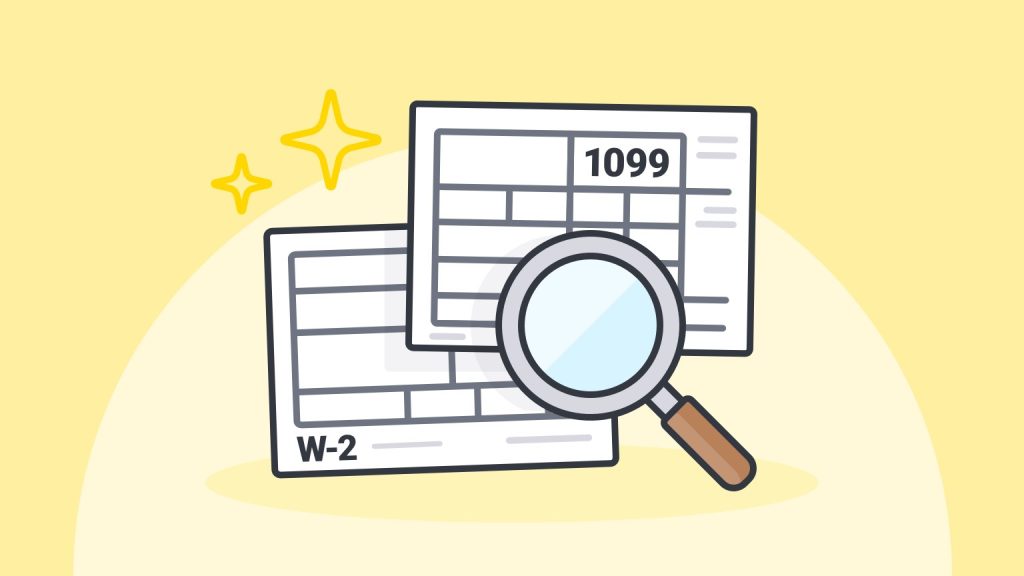By: Kelly Asche, Senior Research
Every January, the Center for Rural Policy and Development releases the “State of Rural,” a report that provides the trends of important demographic and economic measures. We usually have to wait until December—that is when the U.S. Census Bureau releases the newest batch of data for the American Community Survey, which many of our trends rely on. But there are a few that get updated earlier in the year and it’s always fun to see those statistics.
One such dataset is the Census Bureau’s “Nonemployer Statistics.” Nonemployer statistics is defined as data: “… for businesses that have no paid employees and are subject to federal income tax” (https://www.census.gov/programs-surveys/nonemployer-statistics/about.html).
This dataset doesn’t get discussed much and its availability isn’t widely known. However, it represents an important piece of rural Minnesota’s business community and economy.
So who are they exactly? Well, if you know of any person who is self-employed, is operating an unincorporated business (also known as a sole proprietorship), has no paid employees, must pay federal income taxes for revenue earned, and has earned more than $1,000 — then this dataset represents that person’s business.
In everyday terms, this could be anything from a consultant hired to help organizations with strategic planning to your accountant operating a solo business to your neighbor selling AVON. It covers a large spectrum of businesses.
So let’s dive in and see how the number of these establishments have changed over time.
Trends in number of nonemployer businesses
One disappointing aspect of the nonemployer statistics data is that there is quite a gap between when the datasets are released and the year the dataset represents. The most recent dataset was released in March of 2024, but it only represents 2021.
Figure 1 shows the change in the number of nonemployer businesses for each type of county based on rural-ness, a definition developed by the Minnesota State Demographer. Defined this way, the data show that growth in the number of nonemployer businesses has been substantial for entirely urban counties. However, for other counties, little growth has occurred. In fact, in the entirely rural group of counties, there were slightly fewer nonemployer businesses in 2021 than in 2001.
Figure 1: The number of nonemployer businesses has increased steadily for entirely urban counties, but not at all for rural counties. Data: U.S. Census Bureau, Nonemployer Statistics
Nonemployers as jobs
Rural economic and community developers, county commissioners, and even city councilors might see these types of businesses as being a minor piece of the economic pie — they don’t employ anyone besides the proprietor, and there isn’t much growth. However, it’s important to view nonemployers as jobs rather than as employers. Essentially, the business functions as a job: the owner just happens to get paid by numerous entities.
When viewed this way, we can start to see some interesting trends. Nonemployer businesses closely mimic the trends in the number of jobs a region has (Figure 2). In rural areas, the growth in jobs has been relatively modest or even declining slightly since 2001, similar to the number of nonemployer businesses.
Figure 2: The percent change in the number of jobs and nonemployer businesses closely mimic one another. Data: U.S. Census Bureau, Nonemployer Statistics
So, to get a sense of the role these businesses may play in a rural area, let’s use jobs as the baseline. Figure 3 shows the number of nonemployer businesses as a percentage of total, regular jobs in these county groups. As we can see, nonemployer businesses make up a large portion of total jobs in rural areas—nearly 15%—while they make up a smaller percentage of total jobs in urban areas, roughly 11%.
Figure 3: The number of nonemployer businesses makes up a large percentage of total jobs in rural regions despite there being little growth. Data: U.S. Census Bureau, Nonemployer Statistics | Bureau of Economic Analysis – Regional Data GDP & Personal Income
For policy makers and economic development folks, keeping an eye on these businesses is important. They could represent 15% or more of the jobs in your region. Understanding who they are, what types of services they provide, and what their needs are will be important for the economic future of the region.



